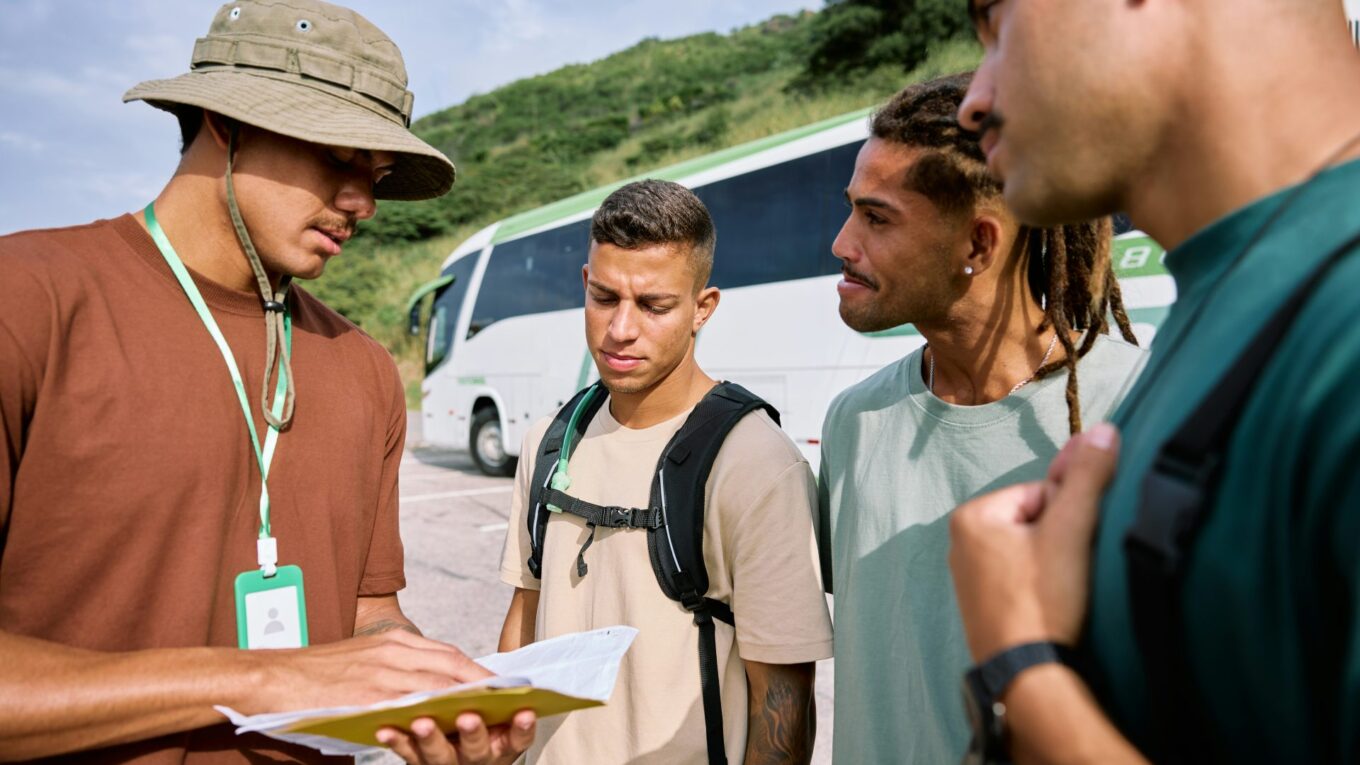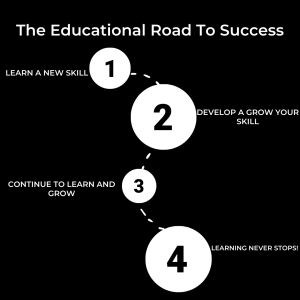Beyond the Textbook: How Educational Tours Ignite Real Learning
What if the best lessons don’t happen inside a classroom? Traditional education often leans heavily on textbooks, lectures, and standardised tests. It has structure, yes, but it can lack connection. Facts are memorised, terms are defined, and concepts are often detached from the real world. That’s where educational tours come in. They offer a different kind of learning experience, one that sticks.
The Value of Leaving the Classroom
There’s something powerful about being in a place where history happened or science is actively unfolding. Students aren’t just hearing about things, they’re standing in them. Whether it’s a museum, a historic site, a nature reserve, or even a working laboratory, these environments bring topics to life.
Educational tours don’t replace classroom learning, but they enhance it. They fill in the gaps that no textbook can cover, helping learners connect dots in a much more meaningful way. Context matters. Seeing how something works in practice or hearing a story from someone who lived it makes knowledge more tangible.
A Shift in Perspective
For many students, classroom learning can feel abstract. But when they visit a location tied to what they’re studying, something clicks. That Roman ruin isn’t just a picture in a book anymore. It’s a physical space they walked through. The environmental science lesson becomes real when they’re out in the wild, measuring water quality or observing biodiversity.
These experiences prompt questions, encourage critical thinking, and often lead to more curiosity. That’s when learning becomes self-driven.
Beyond Facts: Developing Real Skills
Educational tours also offer a chance to build soft skills that aren’t always prioritised in academic settings. When students leave their comfort zones, they’re often required to work together, ask questions, manage their time, and adapt to new environments. These are all essential life skills.
A well-designed tour might include:
- Collaboration – group activities that require planning, negotiation, and teamwork
- Communication – interacting with guides, asking questions, and summarising findings
- Observation – analysing surroundings, noticing details, and thinking critically
- Problem-solving – making decisions on the fly, dealing with unexpected issues
- Reflection – understanding how the experience connects to their learning and world view
This isn’t just about ticking curriculum boxes. It’s about helping students grow in ways that will serve them for years.
When Learning is Lived, It Lasts
Memory works differently when emotion and sensory experience are involved. A powerful tour experience can stick in a student’s memory far longer than pages of notes. They might forget a definition learned in class, but they’re less likely to forget how they felt standing on a battlefield or witnessing a conservation effort in action.
That emotional layer matters. It makes the information more relevant and more likely to be recalled later. Learning isn’t just about retention, though. It’s about meaning. And meaning is what these experiences bring.
A Wider Lens on the World
Many students spend most of their time in the same environment. School, home, repeat. Educational tours disrupt that routine and open up new perspectives. They introduce different cultures, social issues, and historical narratives.
This kind of exposure helps develop empathy and a more nuanced understanding of the world. It’s especially valuable for students who haven’t had the opportunity to travel widely. It shows them how different and interconnected life can be outside their own communities.
It’s Not Just for High Achievers
One of the biggest misconceptions is that these experiences are only beneficial for top-performing students. That’s not true. In fact, students who struggle in traditional classroom settings often thrive in these environments. When learning is physical, interactive, and visual, it can unlock understanding in a way that lectures and worksheets might not.
These trips can help build confidence too. A student who might never speak up in class could end up leading a group discussion while out on a tour. That shift can be transformative.
Real Learning Needs Real Experiences
Let’s be honest. The world that students are growing into is complex and fast-changing. Facts alone won’t prepare them for it. They need to know how to think critically, adapt quickly, and see the bigger picture. Educational tours help build those capabilities.
They teach students how to learn, not just what to learn. They bridge the gap between theory and practice. They also make it easier to understand why something matters beyond passing an exam.
A Better Way to Learn
The future of education isn’t just digital or classroom-based. It’s blended. It’s active. It’s rooted in real experiences that help students make sense of the world.
Educational tours remind us that learning doesn’t have to stay between four walls. When students step out into new spaces, they bring their knowledge to life, and that’s something no textbook can truly deliver.


